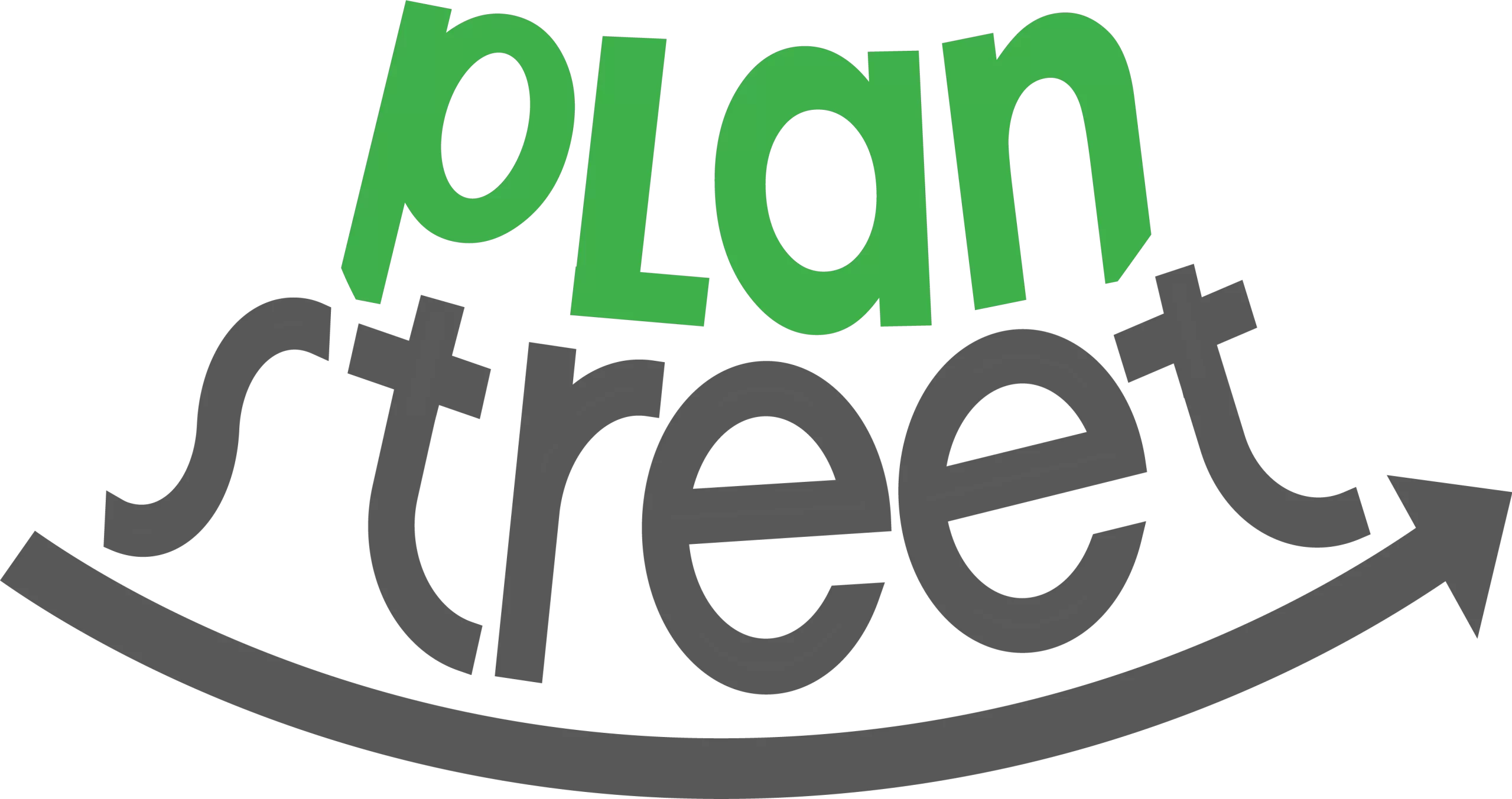Data-Driven Homeless Tracking Software
Your team works tirelessly to ensure everyone in your community has a safe place to sleep. Find the optimal care plan with PlanStreet’s robust HMIS tools, simplifying the case management process and making it easier to keep tabs on every client. Use our data-driven homeless shelter software to gain a holistic understanding of your services and resources in one glance, including:

Life Connections
"We want to streamline workflows."
PlanStreet allows us to do that.

Robert Daughtridge
Director of Development & Marketing
Scalable Software for Homeless Shelters and CoC Providers
PlanStreet’s HMIS Software provides a flexible and customizable solution for CoC providers. With comprehensive data and a deep understanding of HUD standards, we’ve created an HMIS solution that meets every HUD HMIS Vendor Checklist requirement.
Meet Our Flexible HMIS Software Solution
HUD Reporting
Generate HUD reports with our powerful document automation features. Create COC APR and ESG CAPER HMIS reports in a few clicks.
Customizable Interface
Once a client’s needs are assessed, specific and measurable goals can be set. These goals guide each step taken in the process. It is important that goals be realistic and achievable.
Cost Tracking and Grant Management
Effortlessly track every dollar spent. Remain compliant with simple grant distribution, unified reporting of grant use, and uncluttered grant assigning. Once the grant is completely used, it’s automatically removed from distribution boxes.
Customize Reports
The stakeholders within each Continuum of Care will have different priorities, outlooks, and interests. Bearing this in mind, a one-size-fits-all reporting package just will not work. PlanStreet offers customized reports so that you have the information you need in the format you need when you need it.
Streamlined Case Management
Everyone in your provider network can communicate and coordinate services through shared assessments, files, client notes, and more. Partner with hospitals to address social determinants of health (SDoH) and increase the level of care provided to clients.
High Data Quality
Automate data entry from forms to minimize mistakes. Access real-time data from HMIS reporting tools to make decisions for client care and needs assessments that provide better outcomes.
Coordinated Entry
Customize our software to match your continuum’s model, using tools such as the VI-SPDAT, prioritization lists, and intake forms.
FormBuilder
Time-saving data validation and conditionality features configure forms to streamline intake.
Programs Elevated Through Homeless Shelter Management Software
Compliant Security for Housing Case Management Software
Granular Permissions
Limit access to levels of data for different employees.
HIPAA and HITRUST Security Standard Compliance
Maintain compliance at local, state, and federal levels.
Encrypted Data Security
Microsoft Azure hosts our software and updates it to address emerging threats constantly.
Safe Mobile App
Access data anywhere with our secure and comprehensive mobile app



